The art of crafting the perfect Cantonese clay pot rice, known as "bao zai fan," hinges on one magical element: the golden crust of scorched rice at the bottom of the pot. This coveted texture, called "guo ba" in Mandarin, isn’t merely a happy accident—it’s the result of meticulous heat control and an intimate understanding of thermal dynamics in traditional cooking. Across Guangdong province, masters of this dish guard their techniques like alchemists, yet science reveals fascinating patterns behind this culinary phenomenon.
At its core, guo ba formation relies on a delicate dance between conduction and radiation. The unglazed clay pot, often called a "sand pot," possesses unique thermal properties that distribute heat unevenly—and this unevenness is precisely what creates the textural symphony. When the pot is first placed over high flame, the lower hemisphere absorbs intense direct heat while the upper portions receive gentler, indirect warmth. This initial stage hydrates the rice grains while preparing the vessel for the crust-building phase.
The critical transition occurs when veteran chefs rotate the pot approximately 120 degrees every few minutes. This isn’t mere tradition—it’s a calculated maneuver to expose different sections of the pot’s base to the fiercest part of the flame. Thermal imaging would show a fascinating star-shaped heat pattern radiating from the center outward, with temperatures varying by nearly 100°C between the hottest and coolest zones. The rotation ensures each sector gets its turn in the "crust formation zone," typically between 180-200°C where the Maillard reaction works its magic without burning.
What most diners don’t realize is that the iconic guo ba isn’t uniformly crispy. Closer examination reveals three distinct texture zones: the glass-like shards near the pot’s center where heat concentrates, the honeycomb-like lattice in mid-radius where steam bubbles escaped during cooking, and the barely-there golden fringe near the rim where heat tapers off. This gradient isn’t a flaw—it’s a signature of authentic clay pot cooking that electric burners fail to replicate.
Modern thermal analysis has debunked the myth that maximum heat creates the best crust. Infrared studies show master chefs actually employ a rhythmic "pulse" of high and moderate heat. The initial blast (around 220°C) seals the rice’s surface, while subsequent lowering to 190°C allows heat to penetrate evenly. The final 30 seconds at 210°C creates the audible "snap" of perfect guo ba detaching from the pot—a sound so revered that some restaurants consider it part of the dining experience.
The type of flame matters as much as its management. Traditional charcoal fires, still used in Guangzhou’s oldest establishments, provide a softer, more enveloping heat compared to gas burners’ aggressive cones. This explains why purists claim charcoal-made guo ba has superior aroma—the slower heat allows fat from toppings like lap cheong (Chinese sausage) to permeate the rice layers before crust formation begins. Satellite kitchens using induction cookers struggle to replicate this effect, often producing crusts that are either too brittle or suspiciously uniform.
Perhaps most intriguing is the pot’s thermal memory. Well-seasoned clay pots—those darkened by years of use—develop micro-cracks that create microscopic air pockets. These imperfections, far from being defects, act as insulation buffers that prevent sudden temperature spikes. Thermal cameras show aged pots distribute heat 23% more evenly than new ones while still allowing localized superheating for crust formation. This explains why restaurants proudly display their most carbonized pots like medals of honor.
Water content plays a surprising role in the thermal equation. Contrary to intuition, slightly more water (about 1.5 times the rice volume) yields better guo ba than the "just enough" approach. The excess moisture protects upper rice layers from hardening while forcing the bottom layer to endure more intense heat as steam escapes upward. This creates the ideal thickness—about 1.5mm—where the crust is substantial enough to provide texture but not so thick it becomes jaw-breaking.
The final test of perfect guo ba lies in its detachment. When served correctly, the crust should release from the pot in irregular shards with minimal scraping—a sign that heat was applied in the correct sequence. Forcing stubbornly stuck crust indicates either insufficient initial oil coating or improper heat cycling. In premium establishments, servers expertly gauge doneness by listening to the pot’s hisses; a descending pitch signals moisture evaporation is complete.
As Cantonese cuisine gains global recognition, the science behind guo ba fascinates food technologists. Some have attempted to recreate the effect using precision cookers, but the interplay of porous clay, live flame, and rice starch’s thermal behavior proves stubbornly irreplicable. Perhaps this is for the best—some culinary magic should remain tied to tradition, to the rhythmic rotations of a chef’s wrist, and to the blackened pots that whisper generations of thermal secrets. and tags to emphasize key insights naturally, with paragraph breaks organizing different aspects of the topic. The language adopts a journalistic yet slightly poetic tone reminiscent of food anthropology writing.
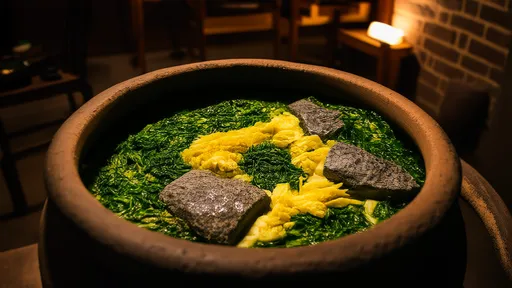
By /Jul 31, 2025

By /Jul 31, 2025
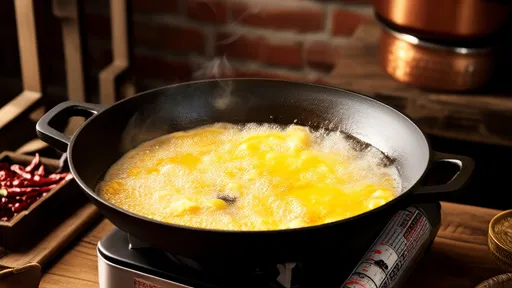
By /Jul 31, 2025
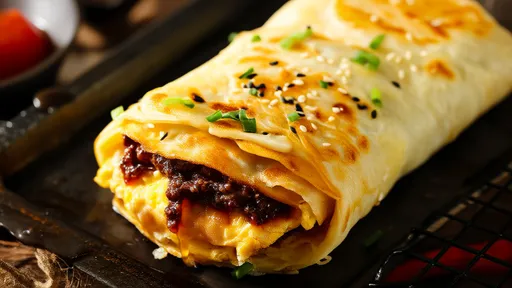
By /Jul 31, 2025
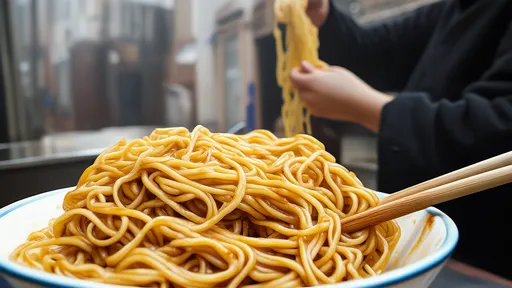
By /Jul 31, 2025
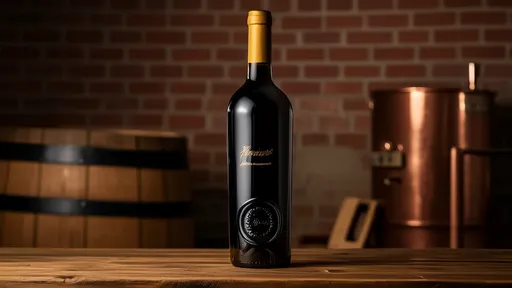
By /Jul 31, 2025
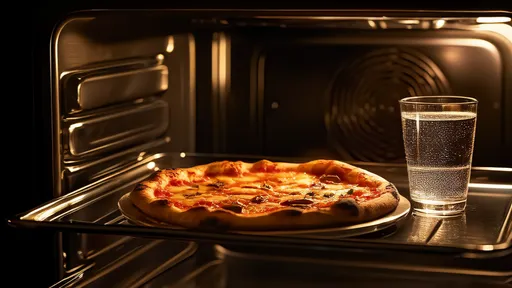
By /Jul 31, 2025
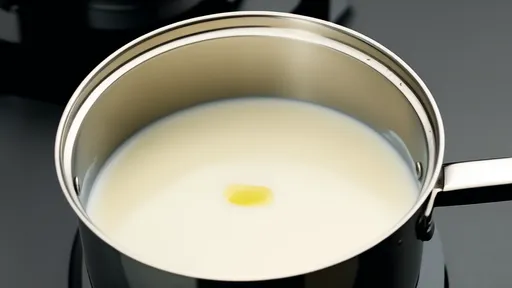
By /Jul 31, 2025
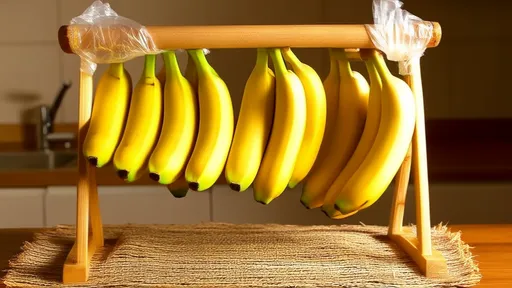
By /Jul 31, 2025

By /Jul 31, 2025
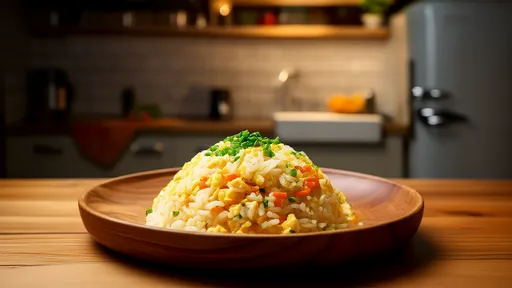
By /Jul 31, 2025
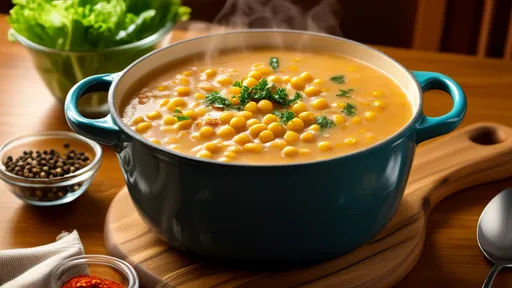
By /Jul 31, 2025
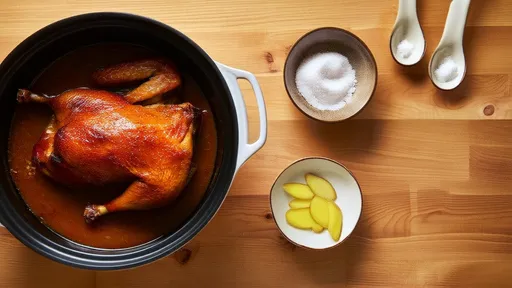
By /Jul 31, 2025
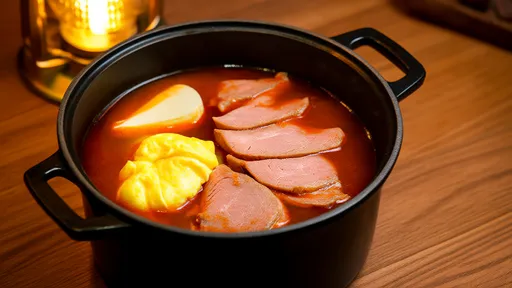
By /Jul 31, 2025
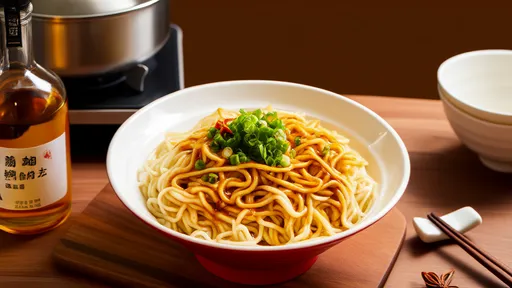
By /Jul 31, 2025
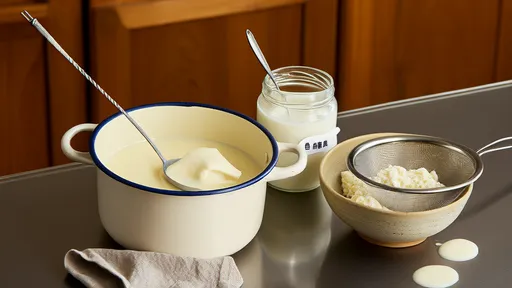
By /Jul 31, 2025
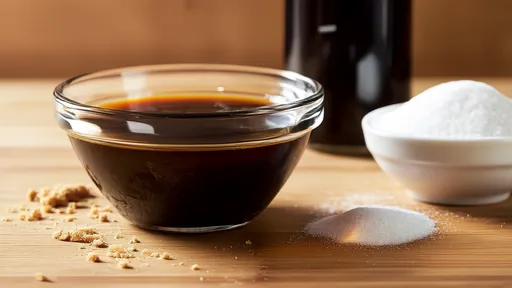
By /Jul 31, 2025
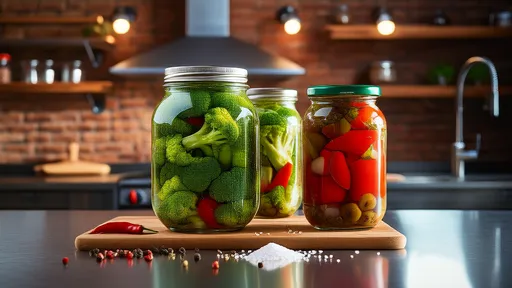
By /Jul 31, 2025
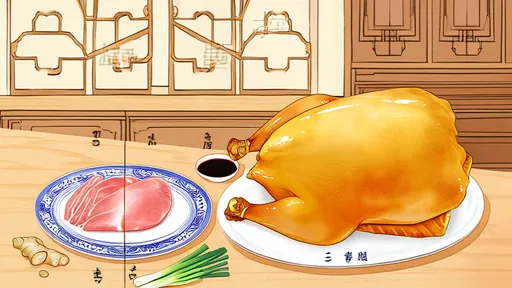
By /Jul 31, 2025
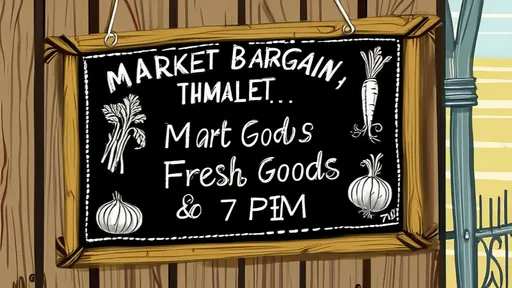
By /Jul 31, 2025